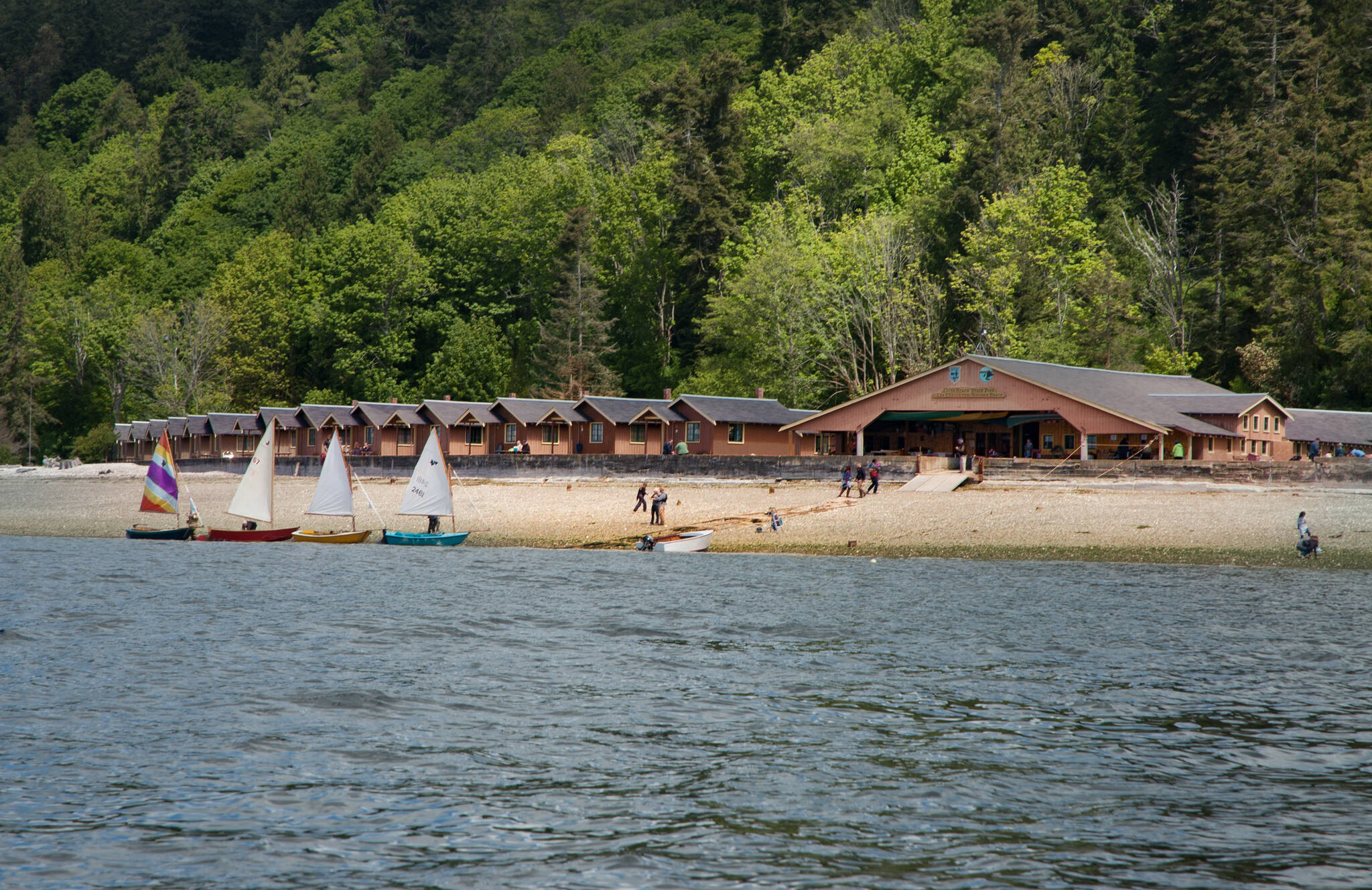By Jack Penland
Atop our new logo sits a single word. All at once, it’s an invitation, a request and a promise. It’s also figurative and aspirational and could be considered both a thought and an action.
Embrace.
It isn’t the usual kind of word used in marketing a destination. Its duality invites speculation and interpretation and, along with it, a vagueness that deliberately adds a bit of fun confusion.
Yet, the moment we picked it out of the air, we knew it was exactly right… um, probably.
I say “probably” because the idea of tourism is changing. That word, tourism, has become controversial, connected to overcrowding, thoughtlessness, litter and lines.
But we see it. You see, those of us who are engaged in telling the world about Whidbey and Camano Islands live here, too. Some of us were born here with nettles in our blood and a fishing pole in our hands. Some of us chose here over every other place in the world. We’re proud of this place and want to share.
And we get it. We’re in those ferry and supermarket lines right with you. We, too, know that certain beaches and parks on sunny summer afternoons are crowded.
Working with the worldwide Transformational Travel Council, we began taking a hard look at things. Over a year-long journey, 18 people started by examining themselves, tearing down old assumptions, and building a new attitude. The group extended beyond those in the travel industry and included people leading area conservation activities and foundations.
They developed our rally cry, a manifesto that describes who we are and what we aspire to be. They took a wide variety of ideas and interests, created four pillars or goals that will be our foundation, and finally developed a list of what we’re calling end-state goals for us to strive to reach. We know that reaching some of our goals may take years or even decades. But that didn’t stop us from writing them down anyway.
And there, sitting smack in the middle of the last goal of this document, was that word “embrace.”
And that’s how we became “Embrace Whidbey and Camano Islands.”
There’s real work to be done now. If tourism is to become a force for good, then we must find projects that help make that happen. New projects may be intended to educate and motivate our visitors into treating this place like their home, growing themselves, and preserving our islands. There may be established projects that could use some assistance, including help offered by our visitors.
We’re not sure where this will go, but we’re certain the journey will be worth embracing. To participate in this project visit Transformational Travel – Whidbey and Camano Islands (whidbeycamanoislands.com)



